Best Smoke Testing Tools for QA Teams
Smoke testing is like giving your app a reality check right after a fresh build — a quick set of basic tests to make sure the core functionality isn’t broken. If these tests fail, there’s no point wasting time on detailed testing or running your full regression suite. It’s the “does it even run?” moment that saves teams hours of effort.
In the software development lifecycle, smoke testing is a type of software testing method that happens right after a new build is deployed. It acts as a preliminary check and gatekeeper before deeper testing stages like regression testing or user acceptance testing, allowing for further testing if the software passes this initial check. By catching major issues early, smoke tests help teams avoid bottlenecks and reduce bug-related back-and-forth. This kind of fast feedback is crucial in modern software development, especially when deploying new features frequently.
That’s where smoke testing tools come in. These tools automate the process, integrate with continuous integration (CI) and CI/CD pipelines, and give your QA engineers fast visibility into whether a new software build is stable before moving on to more extensive testing. Whether you’re using a full smoke test management tool or a free test management tool, you get consistent execution, real-time test results, and clear reporting dashboards that improve both software quality and team speed.
Learn more about the process and real-world benefits in this smoke testing guide.
How To Pick The Right Smoke Testing Tool
Start with CI/CD-ready hooks. If a platform won’t slot straight into GitHub Actions, GitLab, or Jenkins, skip it—nobody’s got time for manual uploads on every new build.
Next, check manual smoke testing support. Even the slickest pipelines hit weird edge cases, so make sure your testers can fire off an ad-hoc run, add notes, and mark pass/fail without digging through menus.
Look at test execution speed and UI clarity. Dashboards should surface test results in seconds, not minutes, and show red/green status at a glance. A clunky interface burns more hours than it saves.
Dig into smoke test case management. You’ll want tags, priorities, and quick cloning for similar scenarios. Bonus points for smart filters that highlight failed cases across multiple builds.
Finally, demand instant feedback loops—webhooks, Slack alerts, or email pings the moment a smoke test fails. Fast heads-up beats discovering broken login flows three stand-ups later.
Shortlist tools that nail these basics, toss in decent pricing (or a legit free test management tool tier), and you’ll keep your dev cycle humming without breaking the bank.
Smoke Testing Tools Comparison Table
Choosing the right tool can make or break your QA workflow. Here’s a side-by-side look at the top smoke testing tools in 2025 — what they support, how they perform, and where each one fits best.
Tool | Manual Support | CI/CD Ready | Free Plan | UI/UX Rating | Best For |
|---|---|---|---|---|---|
Testomat.io | ✅ Yes | ✅ Yes | ✅ Yes | ⭐⭐⭐⭐⭐ | Fast smoke + regression testing |
TestRail | ✅ Yes | ✅ Yes | ❌ No | ⭐⭐⭐⭐ | Managing organized test cases |
Zephyr | ❌ No | ✅ Yes | ❌ No | ⭐⭐⭐ | Native Jira-based setups |
PractiTest | ✅ Yes | ✅ Yes | ❌ No | ⭐⭐⭐⭐ | Visual QA dashboards |
QAComplete | ✅ Yes | ❌ No | ❌ No | ⭐⭐⭐ | Complex enterprise QA workflows |
Xray for Jira | ✅ Yes | ✅ Yes | ❌ No | ⭐⭐⭐⭐ | Deep Jira-based integration |
TestLink | ✅ Yes | ❌ No | ✅ Yes | ⭐⭐ | Lightweight open-source use |
Each tool brings something different to the table. If you need quick feedback, slick UX, and seamless automation, go for a platform that checks both manual support and CI/CD boxes—Testomat.io leads that list. Looking for a barebones free test management tool? TestLink’s open-source setup might do the job, but expect compromises.
1. Testomat.io
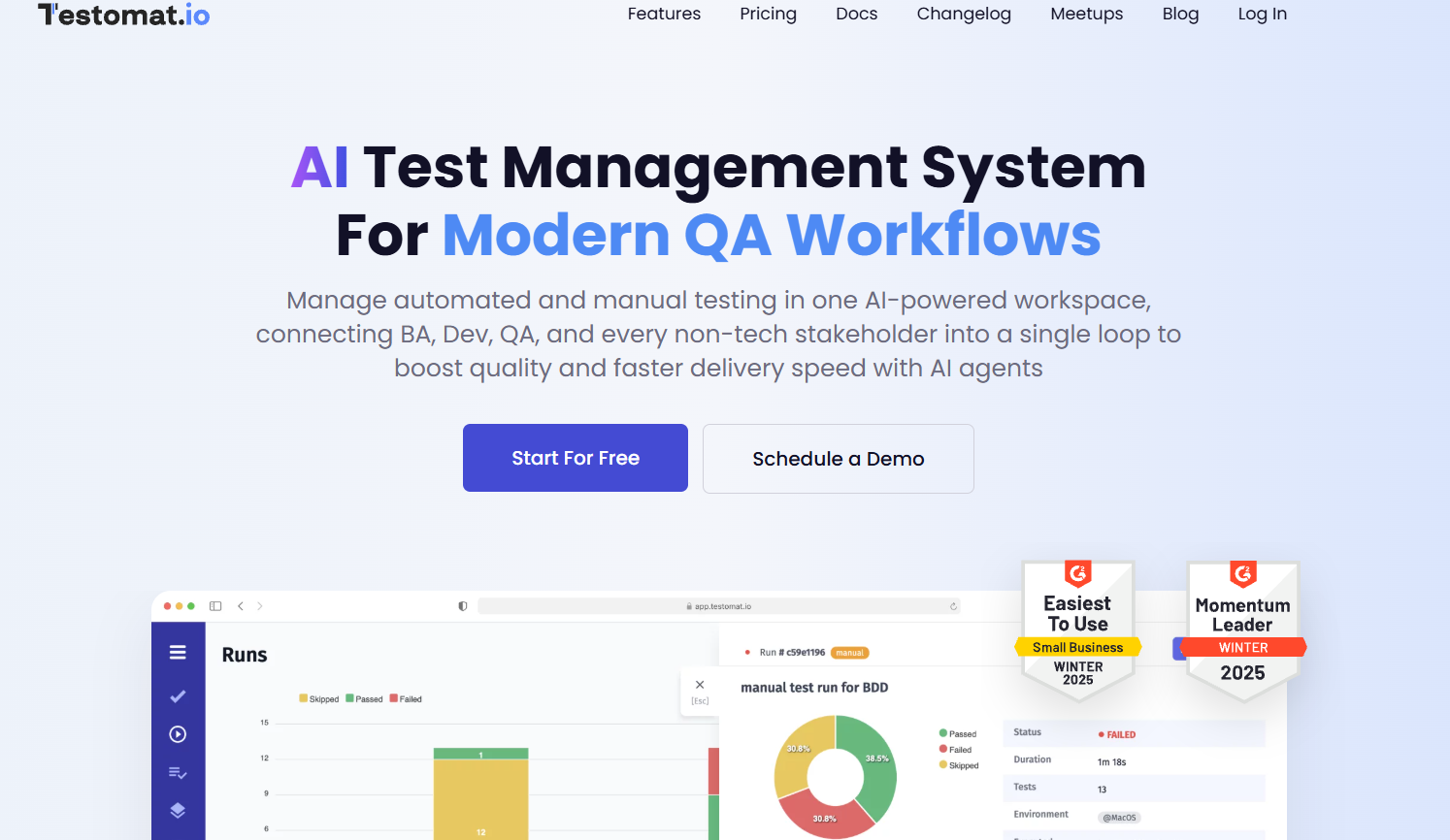 A powerhouse test management tool built for both smoke testing and full-blown regression testing, Testomat.io slots straight into any modern CI/CD pipeline and keeps your team dialed-in with real-time dashboards. Think of it as the control tower that watches every build lift off and flags trouble before end users ever notice.
A powerhouse test management tool built for both smoke testing and full-blown regression testing, Testomat.io slots straight into any modern CI/CD pipeline and keeps your team dialed-in with real-time dashboards. Think of it as the control tower that watches every build lift off and flags trouble before end users ever notice.
Key Features
Visual test dashboards for instant test results
Dedicated smoke + regression suites with smart grouping
Native GitHub, Jira, and Slack hooks
Parallel test runs to slash feedback loops
End-to-end reporting with traceability back to code changes
One-click rerun on failed cases
Drill-down views of each smoke run for rapid triage
Pros
Zero-friction setup for QA teams
First-class BDD/Gherkin support
Plays nice with Playwright & Cypress
Handles sanity testing out of the box
Ships with baked-in best practices templates
Smooth team collaboration & permissions
Lets you mix manual testing with automated runs
Cons
No forever-free tier (unlike a basic free test management tool)
Feature depth can feel heavy to brand-new users
Pricing
Free trial available. Paid plans start at $29/user/month.
2. TestRail
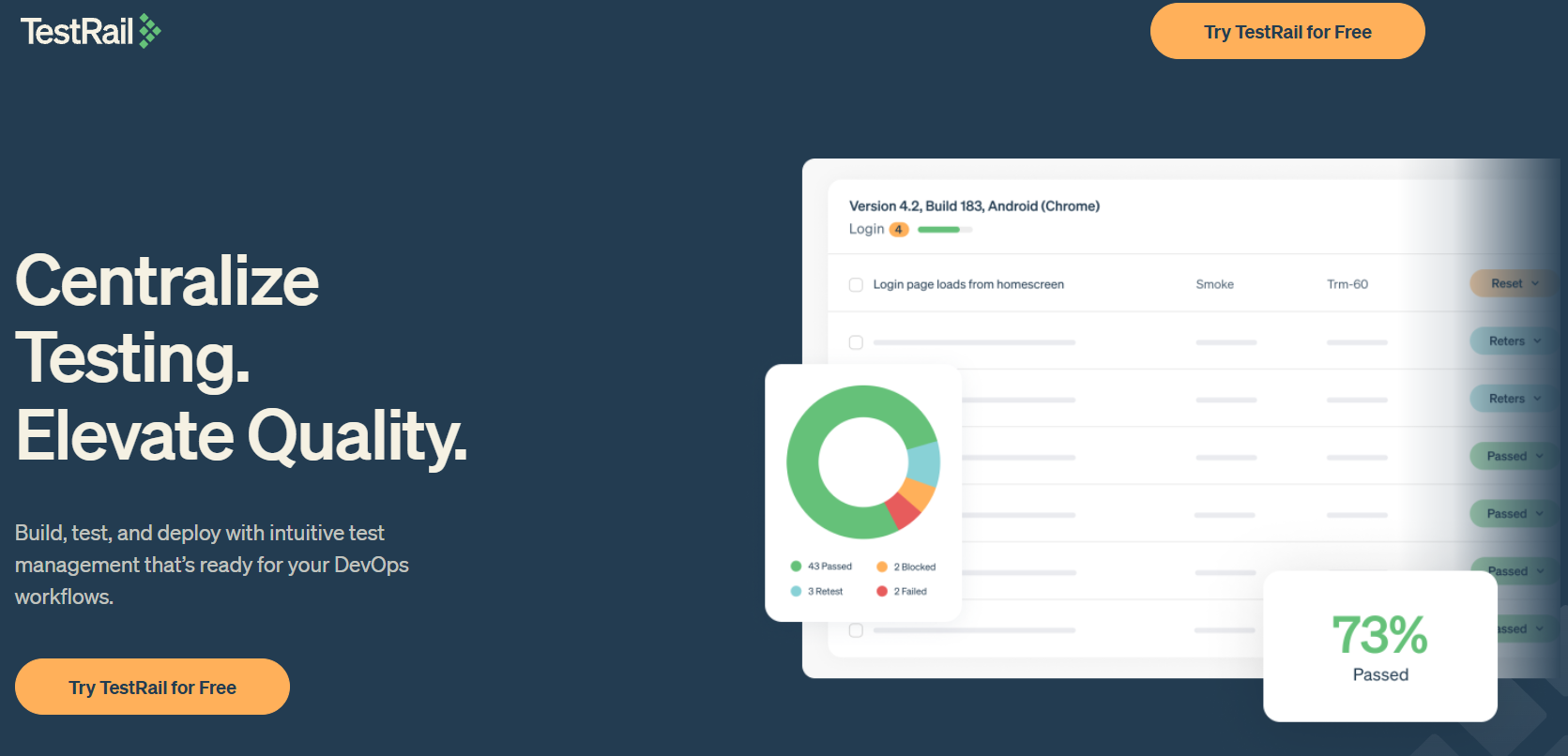 TestRail is a well-known name in the software testing world — it helps QA teams stay organized, especially when juggling a growing number of smoke test cases. The interface is clean, and the reporting is reliable, making it great for test planning and tracking.
TestRail is a well-known name in the software testing world — it helps QA teams stay organized, especially when juggling a growing number of smoke test cases. The interface is clean, and the reporting is reliable, making it great for test planning and tracking.
Key Features
Structured test suite hierarchy
Custom fields for smoke and regression testing
CI/CD integration support via API and plugins
User-based roles and access
Historical test run comparisons
Pros
Strong test case management feature
Works for both manual smoke testing and automation
Clean UI and exportable reports
Supports software development process traceability
Scales well for enterprise teams
Cons
No built-in bug tracker
No free version
Can be complex for smaller projects
Pricing
Starts at $36/user/month — no free plan
3. Zephyr
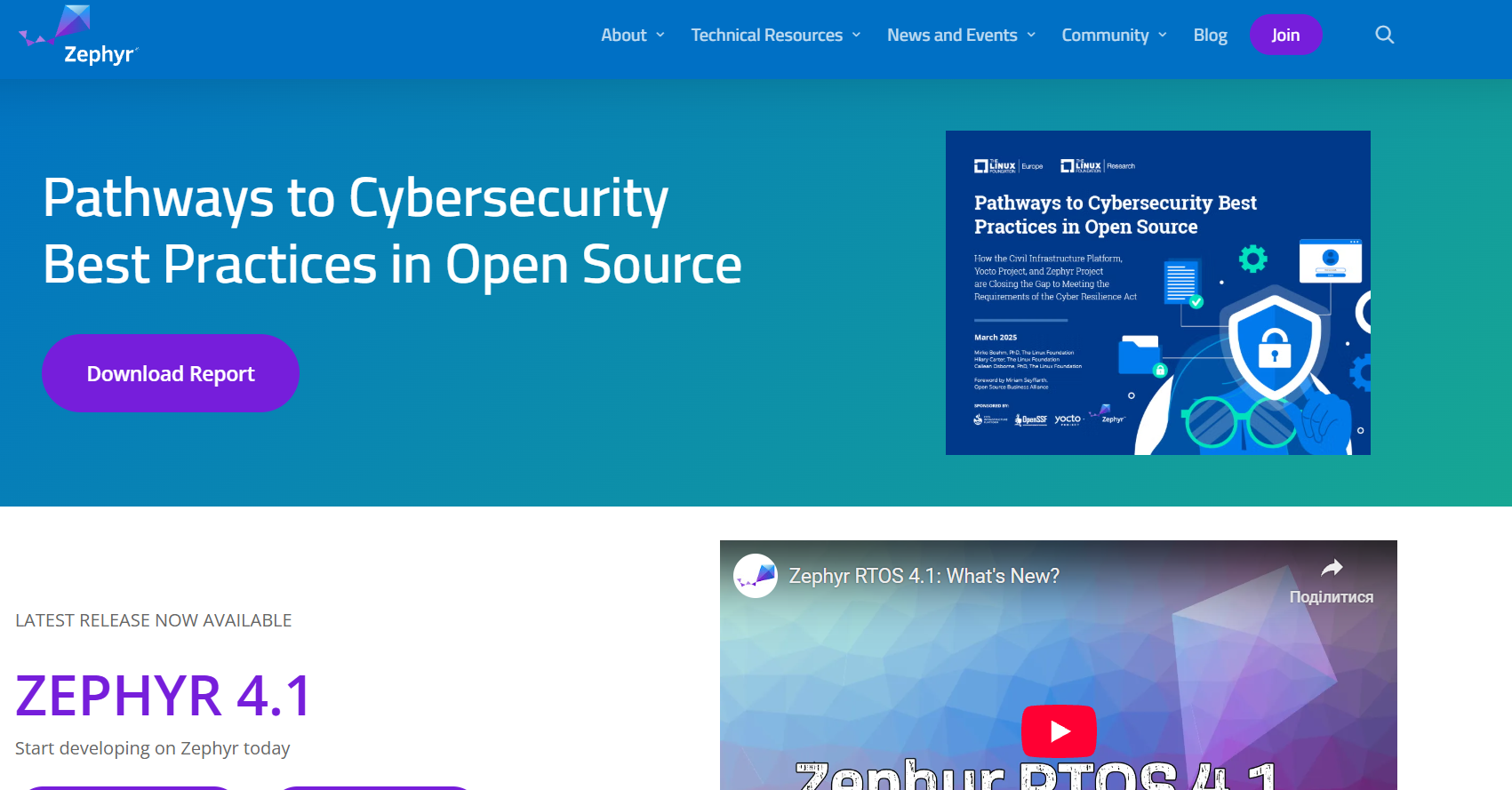 Zephyr is a Jira-native testing solution, making it a go-to for dev teams already working inside the Atlassian ecosystem. While it lacks some manual testing flexibility, it works well for simple smoke test automation linked directly to issues and sprints.
Zephyr is a Jira-native testing solution, making it a go-to for dev teams already working inside the Atlassian ecosystem. While it lacks some manual testing flexibility, it works well for simple smoke test automation linked directly to issues and sprints.
Key Features
Direct Jira integration
Execution cycles with pass/fail status
CI/CD plugins available
Filters for smoke test tagging
Basic test coverage reporting
Pros
Seamless Jira integration
Good for fast smoke validation
Real-time visibility for devs
Tracks smoke test results in story view
Lightweight UI
Cons
No manual smoke testing interface
Lacks advanced reporting
No free plan
Pricing
Starts at $10/month/user via Atlassian Marketplace
4. PractiTest
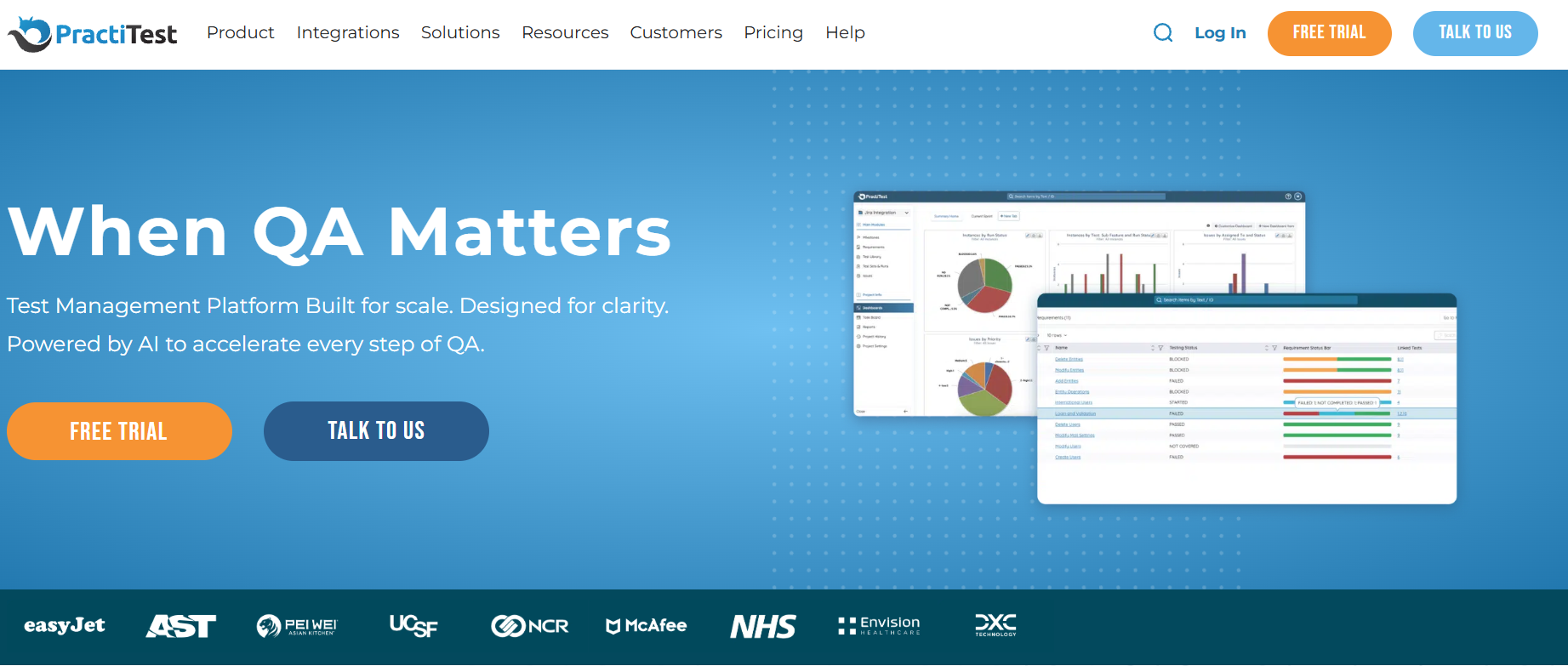 PractiTest focuses on traceability, analytics, and visibility — ideal for structured QA workflows where test results and software quality assurance need to be transparent across teams. It supports smoke, sanity testing, and beyond.
PractiTest focuses on traceability, analytics, and visibility — ideal for structured QA workflows where test results and software quality assurance need to be transparent across teams. It supports smoke, sanity testing, and beyond.
Key Features
End-to-end visibility across builds
Custom fields for smoke testing workflows
Real-time dashboards
Smart test filters
Requirement-test linking
Pros
Strong traceability and QA dashboards
Custom workflows for different types of smoke testing
Visual reporting tools
Excellent customer support
Syncs with major issue trackers
Cons
No free plan
Pricing not suitable for small teams
Learning curve for first-time users
Pricing
Starts at $39/user/month — no free version
5. QAComplete
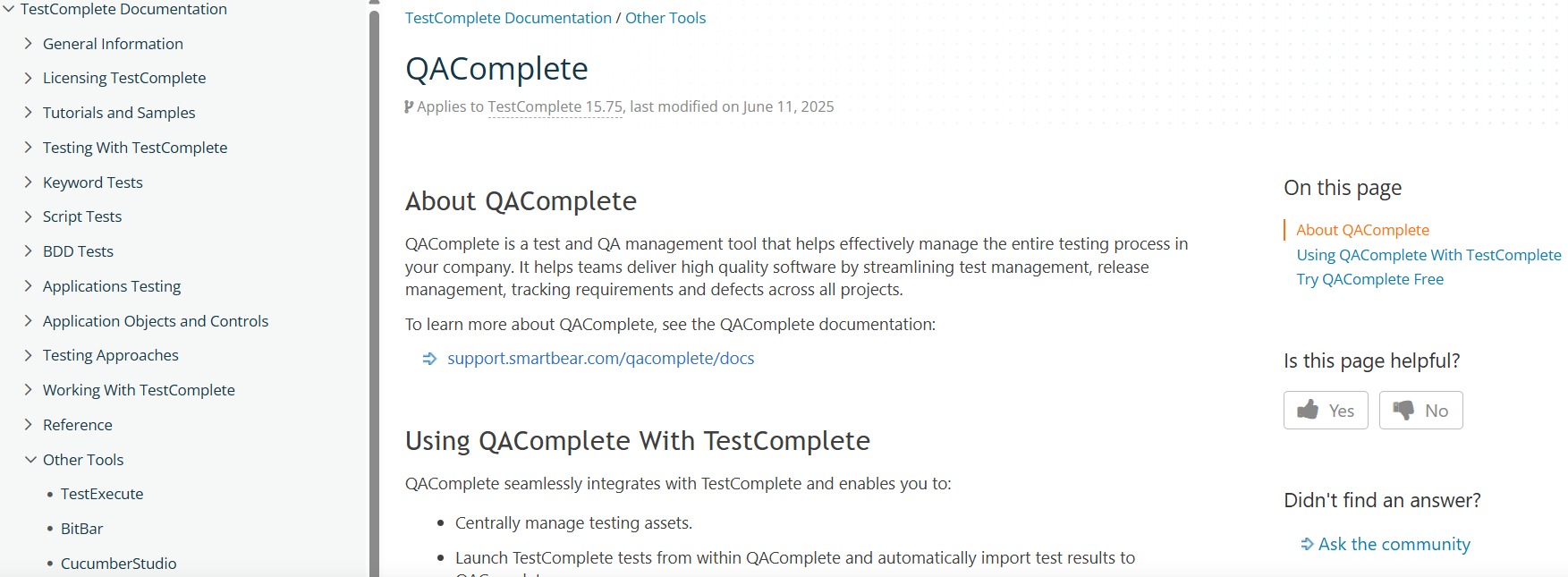 QAComplete is built for heavy-duty QA operations. It’s not the sleekest interface, but under the hood, it supports advanced test planning, including smoke testing, acceptance testing, and full-suite validation — ideal for regulated or enterprise environments.
QAComplete is built for heavy-duty QA operations. It’s not the sleekest interface, but under the hood, it supports advanced test planning, including smoke testing, acceptance testing, and full-suite validation — ideal for regulated or enterprise environments.
Key Features
Centralized test case management
Requirements-to-test linking
Automated + manual test execution
Test set creation for smoke testing process
User access control
Pros
Strong compliance and governance tools
Scalable for large QA departments
Works with both agile and waterfall teams
Tracks detailed test results
Supports both regression and smoke test layers
Cons
No CI/CD out of the box
Old-school UI
Pricey and not ideal for startups
Pricing
Custom pricing only — enterprise focused
6. Xray
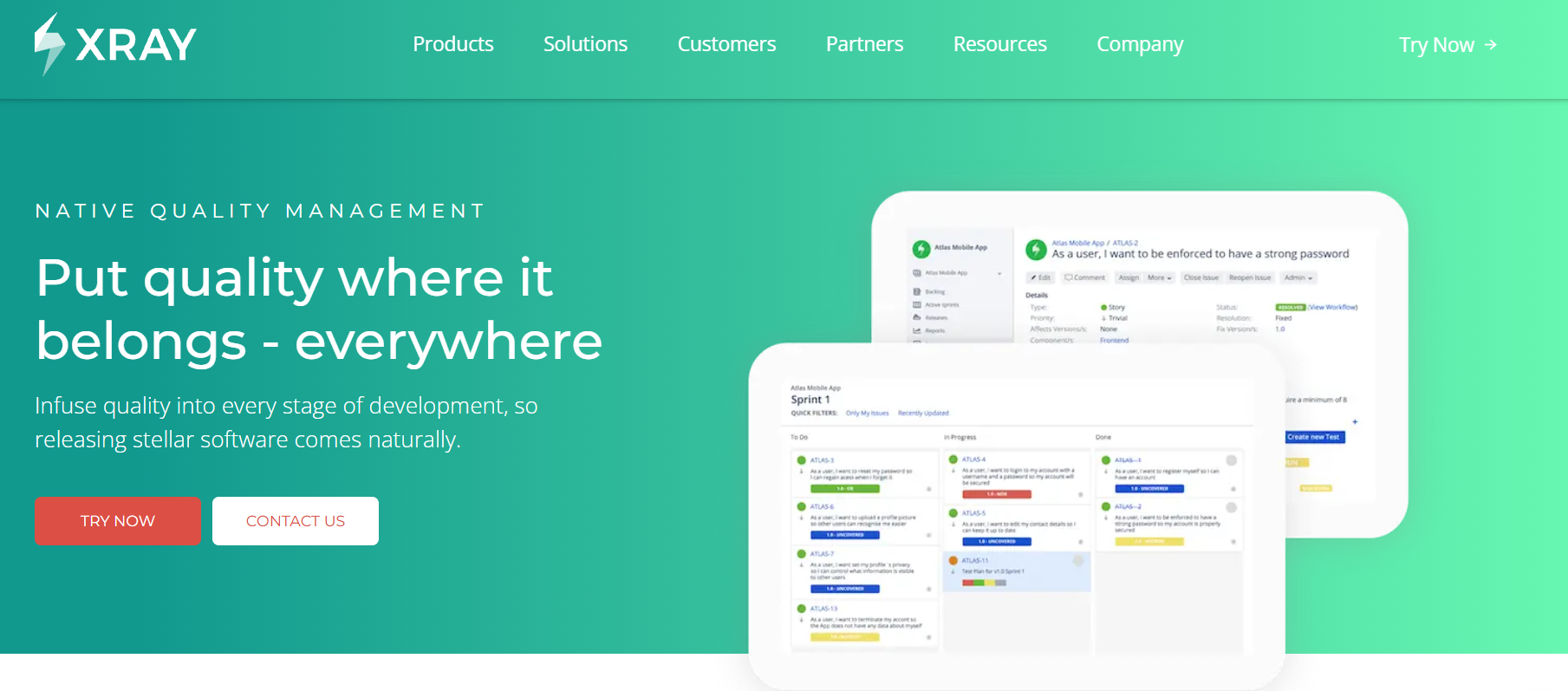 Xray is another Jira-integrated testing platform, with stronger features than Zephyr for those managing complex software development and QA cycles. It handles smoke testing, integration testing, and even full development cycle traceability.
Xray is another Jira-integrated testing platform, with stronger features than Zephyr for those managing complex software development and QA cycles. It handles smoke testing, integration testing, and even full development cycle traceability.
Key Features
Full test traceability inside Jira
Support for manual and automated smoke test scripts
CI-ready via REST API
Custom test plans
Issue-based test coverage
Pros
Easy for Jira users to adopt
Supports full software quality assurance workflows
Solid test planning structure
API-first automation support
Flexible for new features and legacy testing
Cons
Requires Jira to function
No standalone UI
No free tier
Pricing
Starts at $10/month/user via Atlassian Marketplace
7. TestLink
 TestLink is the OG open-source test management tool. It’s light, minimal, and totally free. While it lacks modern features like CI/CD or cloud hosting, it still works for running manual smoke testing and organizing test suites on a budget.
TestLink is the OG open-source test management tool. It’s light, minimal, and totally free. While it lacks modern features like CI/CD or cloud hosting, it still works for running manual smoke testing and organizing test suites on a budget.
Key Features
Free and open source
Basic smoke test case tracking
Role-based permissions
Export/import of test plans
Simple test execution interface
Pros
Completely free
Great for small teams or students
Works well for manual testing
Low resource usage
Good for learning test case management basics
Cons
No built-in CI/CD or integration support
Dated UI and UX
No official support or updates
Pricing
Free forever (self-hosted)
Final Thoughts
Skip smoke tests and you’re shipping blind. Smoke testing tools keep today’s rapid-fire development cycle on the rails, flagging busted builds before they burn sprint time. The smartest move is a platform that blends rock-solid smoke checks, flexible test case management, and plug-and-play CI/CD automation so QA and devs get one clear source of truth.
If your team lives in Git, pushes daily, and hates firefighting hotfixes, Testomat.io is the front-runner. It marries lightning-fast dashboards with traceable results and one-click reruns, giving you the speed of automation plus the control of structured management. Lock that combo in, and every release leaves the station clean, green, and ready for prime time.
FAQ
1. What Are The Different Types Of Smoke Tests?
Teams usually break smoke checks into three buckets: build-verification tests that run right after the compiler spits out a new software build; integration-level smoke tests that poke core APIs to be sure services still talk to each other, including crucial integration tests; and UI smoke tests that click the main functions and paths a real user would hit. The specific type of smoke testing, which examines the entire system, varies among some shops who add a quick sanity testing pass on staging before green-lighting full regression testing. No matter the flavor, each set hits basic functionalities so devs get quick feedback on whether the new release is stable enough for deeper testing.
2. What Is Smoke Testing With A Real-Time Example?
Picture this: your devs push code that refactors login. The CI server spins a container, deploys the build, and fires an automated smoke suite. It pings the login endpoint, loads the dashboard, and saves a record—just three tests. If any call returns a 500 or the page fails to render, the pipeline throws a red flag, stops further jobs, and alerts Slack. That thirty-second check saves the QA crew from wasting hours on broken functionality and keeps the development cycle flowing.
3. How Do Smoke Testing Tools Improve The Software Development Process?
Good tools bolt directly into CI/CD, kick off the right test suite on every commit, and publish comprehensive testing results to dashboards your whole development team can read at a glance. By catching critical issues early, they shrink feedback loops, reduce context-switching, and protect downstream environments from flaky builds while addressing necessary bug fixes. Many platforms also tag failed cases, link them to Jira tickets, and archive history so you can trace code changes against failures—huge wins for root-cause analysis and overall software quality assurance.
4. Worth Owning A Smoke Test Tool?
Absolutely—especially if you release often or juggle multiple microservices. A dedicated smoke test management tool automates dull setup work, centralizes smoke test cases, and enforces best practices like parallel runs and automatic reruns on flaky passes. Even if you start with a free test management tool, the visibility and speed gains translate into fewer hotfixes, smoother sprint demos, and happier end users. The ROI shows up the first time a smoke suite blocks a bad build from hitting production.